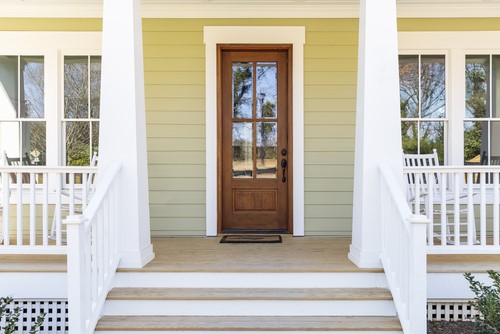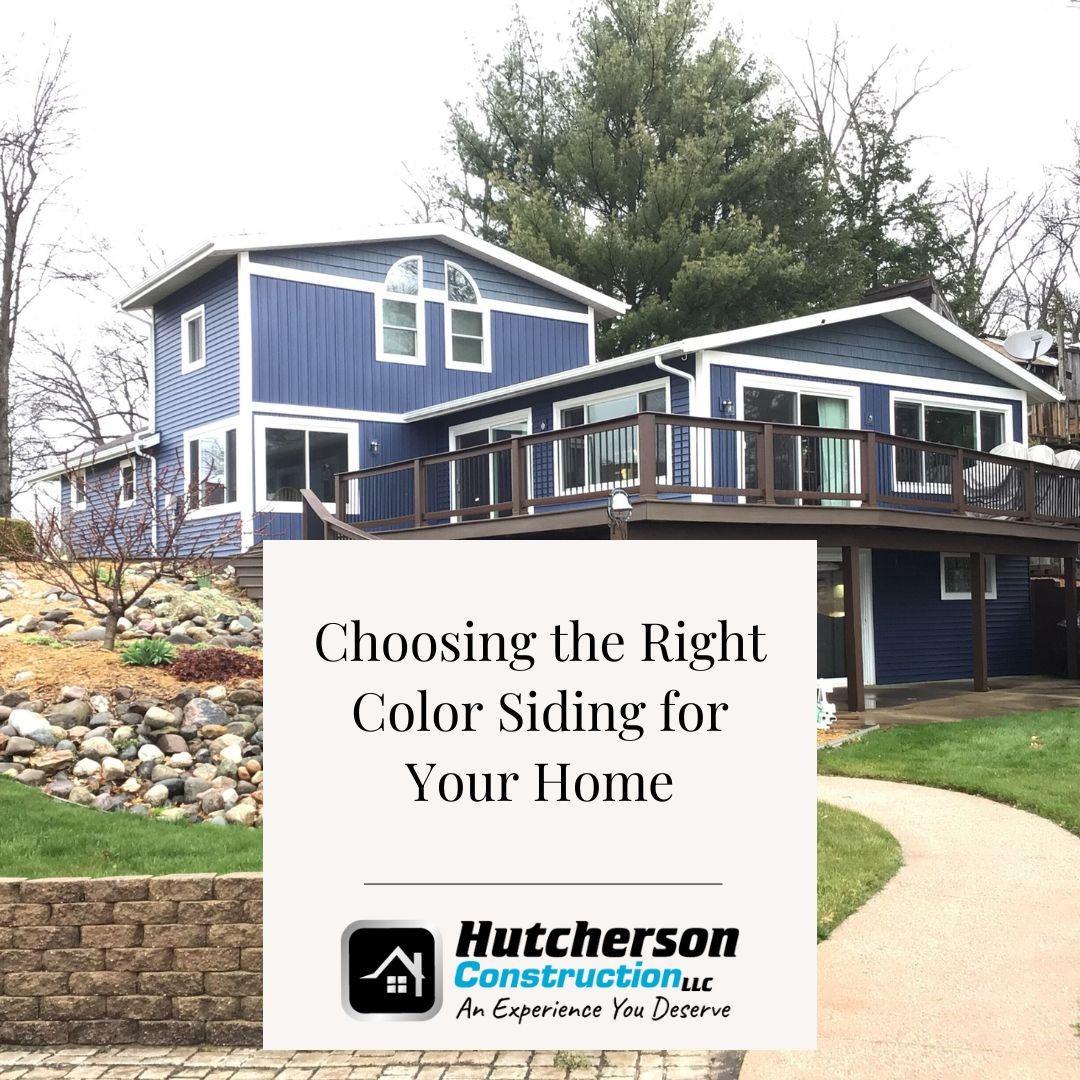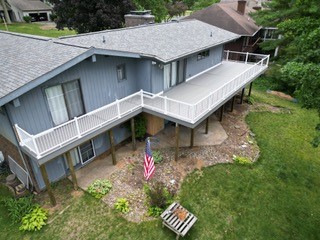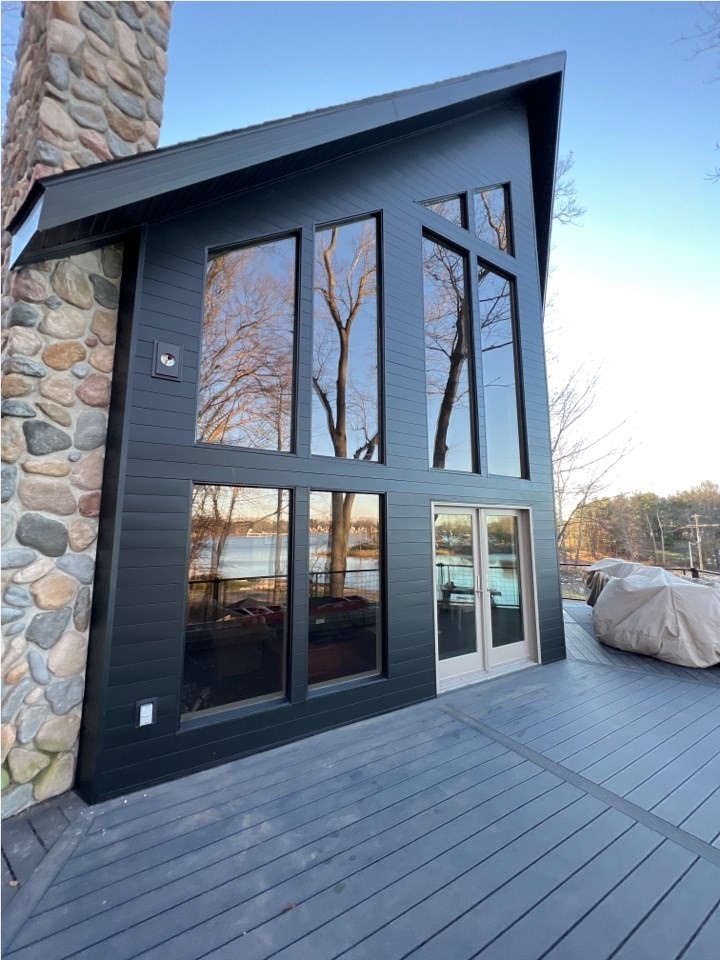
When it comes to wood, which is one of the most traditional home design choices, there are some important rules to follow to execute a smooth and put-together look. After all, too much wood can give your home a completely different theme than you’d intended, while oddly paired wood pieces can look odd, bland, or surprisingly tacky.
If your home’s exterior or interior design features wood trim, wood floors, wood furniture, or other wood areas, you might wonder how to pull off the right look when decorating the rest of your home. In this article from Hutcherson Construction, our team of design experts shares some valuable tips that you can use to leverage the natural look of wood in your home.
1) Identify Your Base Wood Pieces
The first thing you should do when pairing wood accents is to find the base wood that you’re matching with. This should be an eye-catching, larger home component that blends will with the construction of the home. Once you’ve determined what that is, you can pair furniture, picture frames, new home installations or replacements, and other features to match the tone and wood grain with the base wood.
For example, the following are some excellent bases to use as a starting point for decorating with wood:
- Entry Doors and/or Window Frames: These might be real wood or imitation wood made with composite or vinyl materials.
- Siding: Real wood siding such as cedar siding, or fiber cement, or vinyl siding products made to look like real wood grain.
- Roofing Materials: The roof is a large component of your house construction and has a huge impact on your home’s aesthetic appearance. If your rooftop is real wood or mimics the look of real wood, consider using this as one of your base wood types.
- Decking: A beautiful wood deck, or for easier maintenance, a composite wood deck—is another important home feature. You can use the deck as a base to match colors and tones with the rest of the wood accents in your home.
- Flooring: If you’re lucky enough to have real wood floors inside your home, make sure to enhance the beauty of your indoor spaces with wood accents that match well with the flooring.
2) Wood Grains, Stains, and Colors
When evaluating the base tone you’re using to match the rest of the wood accents with, pay attention to the undertone, not just the type of wood you’re working with. For example, you might have a cedar shake rooftop or siding, but this doesn’t mean that they’ll match just any cedar windows. Cedar comes in a wide variety of tones, from warm to cool, and in a range of undertones, from dark and light brown, to red, orange, or yellow, or pink, and even green—and the other elements you choose will need to match this.
With this in mind, make sure that the wood grain colors you’re choosing match with the base you’ve chosen. You don’t have to match the tones exactly, but try to stay within the same color range as much as possible. If you must contrast, make sure to follow the tips below (and to seek the advice of a professional home designer for best results).
3) Be Careful with Contrast
Not everyone is decorating their home with all-new furniture chosen by an expert designer. Often, we’ll inherit a dining room table or another piece of furniture that we must use in our décor theme, even if it doesn’t necessarily “work” with the rest of the home. What hardly ever works is a lot of wood colors from different color families in the same room or outside of the house. This can look awfully hodge-podge and mismatched, and can ruin a home design.
Contrasting wood tones can work well if it’s done properly, and sparingly. Be careful not to mismatch more than two or three wood grains together to avoid creating a chaotic look. When contrasting mismatched wood tones, like a dark brown walnut coffee table with light, yellow-toned oak window frames and a cherry dining room set, the rest of the room will need to be planned properly to help the color scheme flow. For best results, an interior designer can help you to implement touches here and there for a prettier, more put-together room or exterior home décor theme using contrasting wood colors.
4) Color Flow: Using Mosaics, Wall Art, Throw Rugs, and Other Color-Blending Accessories to Blend Odd Colors Together
In the last section, we mentioned how pairing contrasting colors together can work well if the rest of the room elements are planned to tie them into the scheme. While we stand by our suggestion about hiring an interior or exterior home designer to help you strategize this effectively, here are some tips to follow for doing it yourself.
Use colored rugs, drapes, wall art, carpet, tile, and other elements in a color scheme that represents all of the wood grain colors you’re working with. If you can find a painting or a carpet, or whatever you can that will help the odd colors come together, you’ll be able to tie everything together so that it flows instead of looking out-of-place.
Gorgeous Exterior Home Remodeling and Designs from Hutcherson Construction
At Hutcherson Construction, we’re your first choice when it comes to exterior home remodeling services in Kalamazoo and the surrounding areas. You can count on us to provide top-quality, premium products for decks, siding, and rooftops from top brands like James Hardie and Mastic, and expert installation services at affordable prices.
If you’d like to discover more about our top-rated services at Hutcherson Construction, don’t hesitate to give our team a call. Or, if you’d like to get started with a free, no-obligation pricing estimate, go ahead and fill out our quick online form.
Subscribe to Hutcherson Construction's Blog







Comments